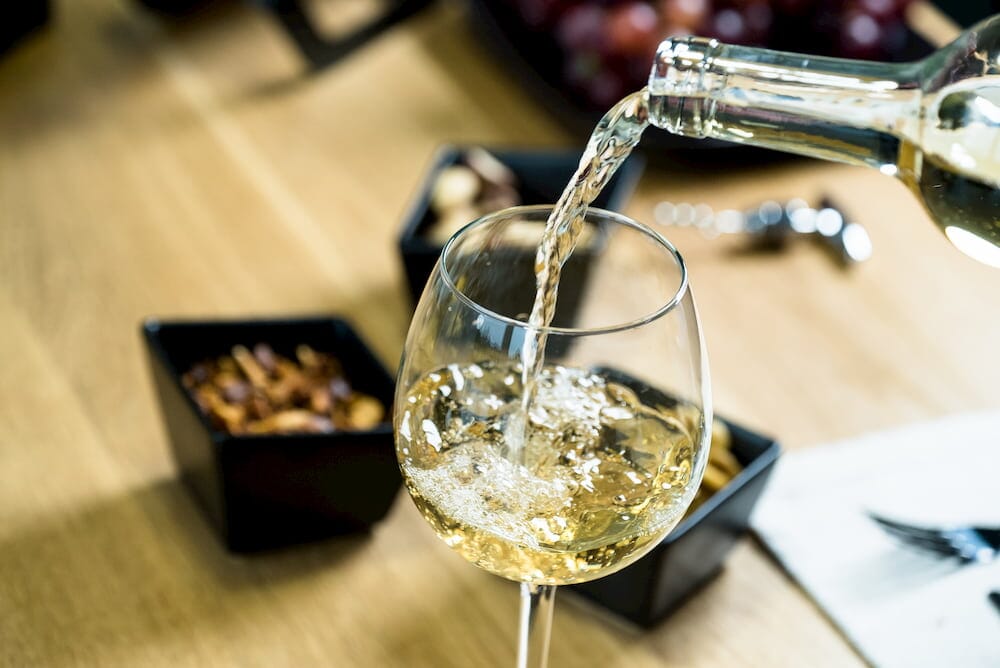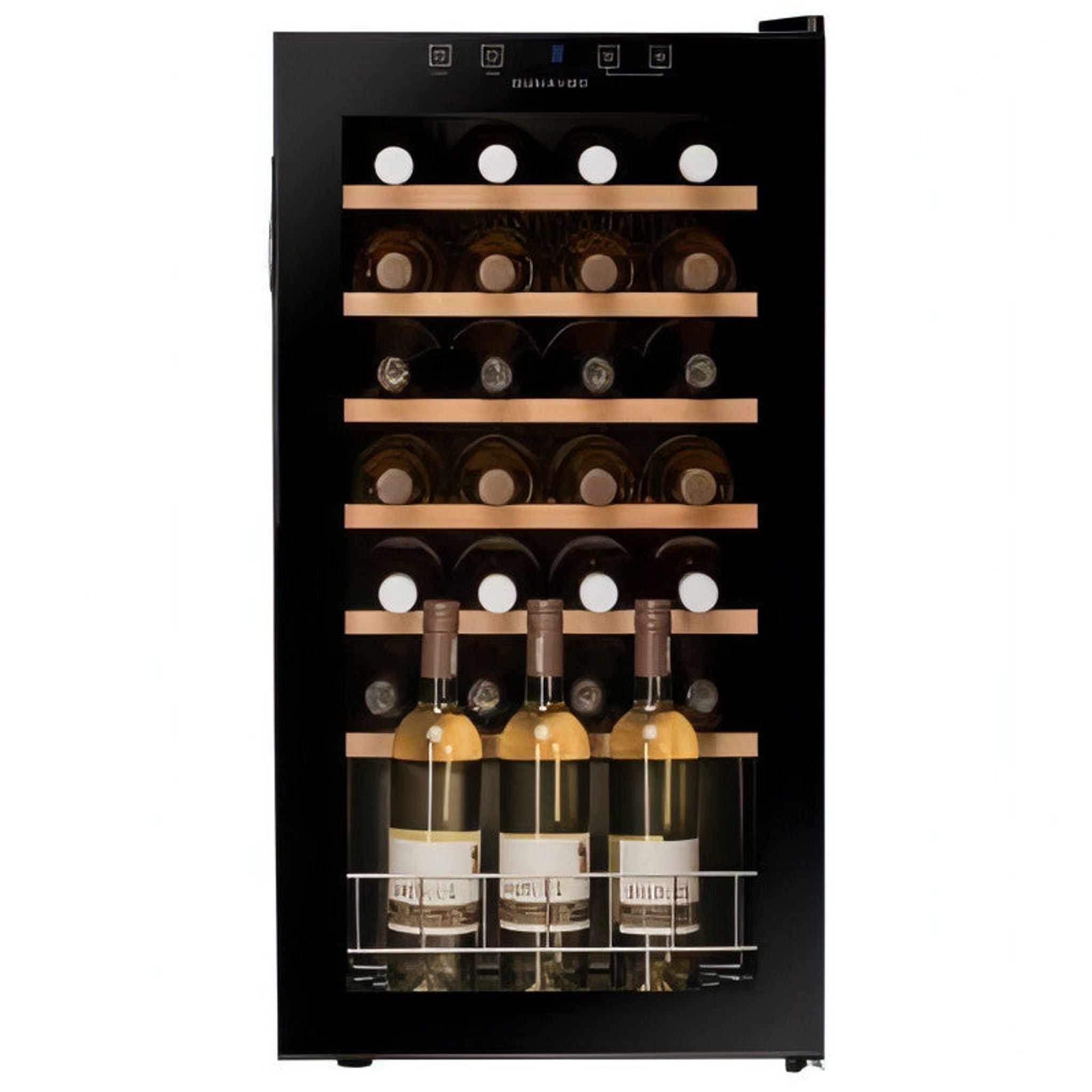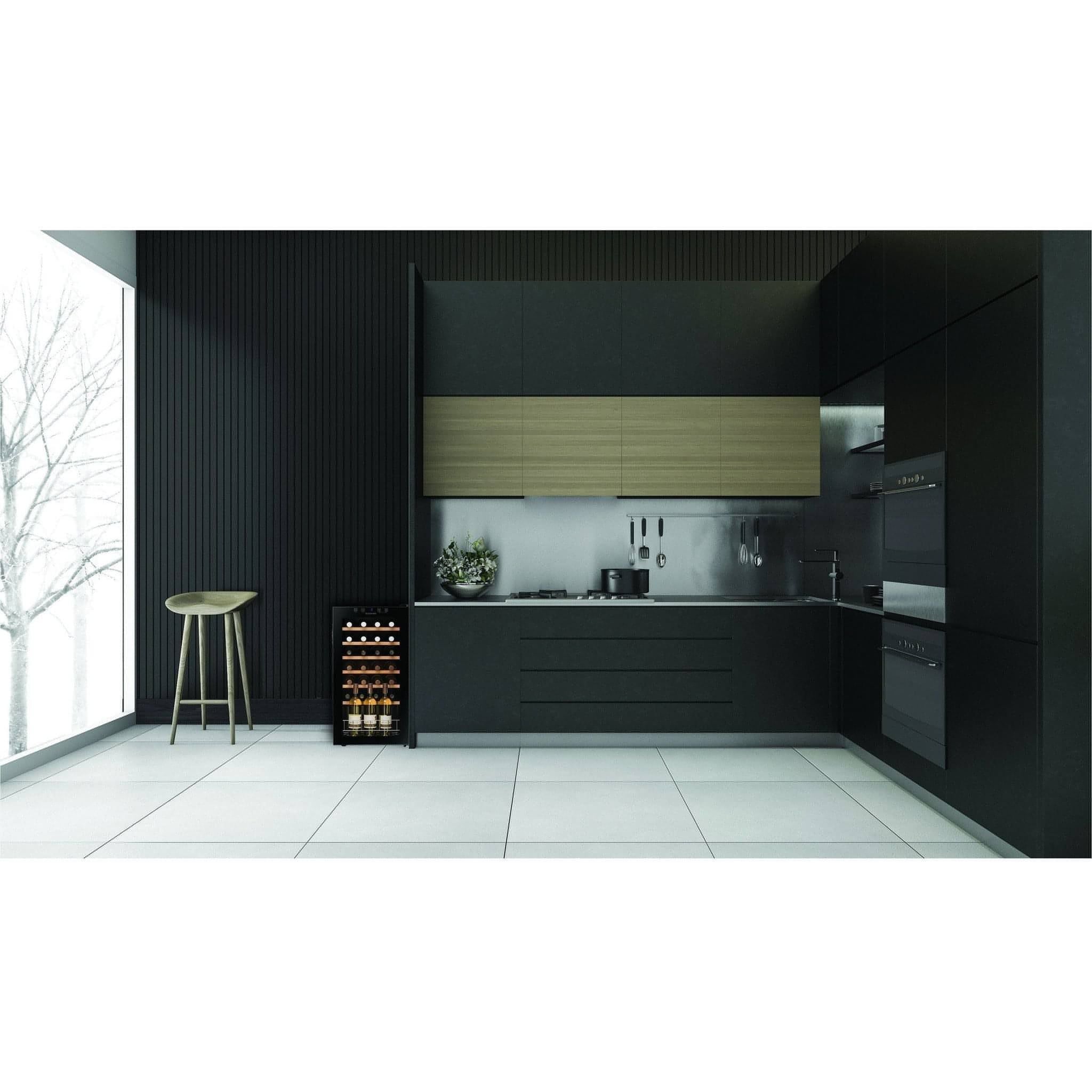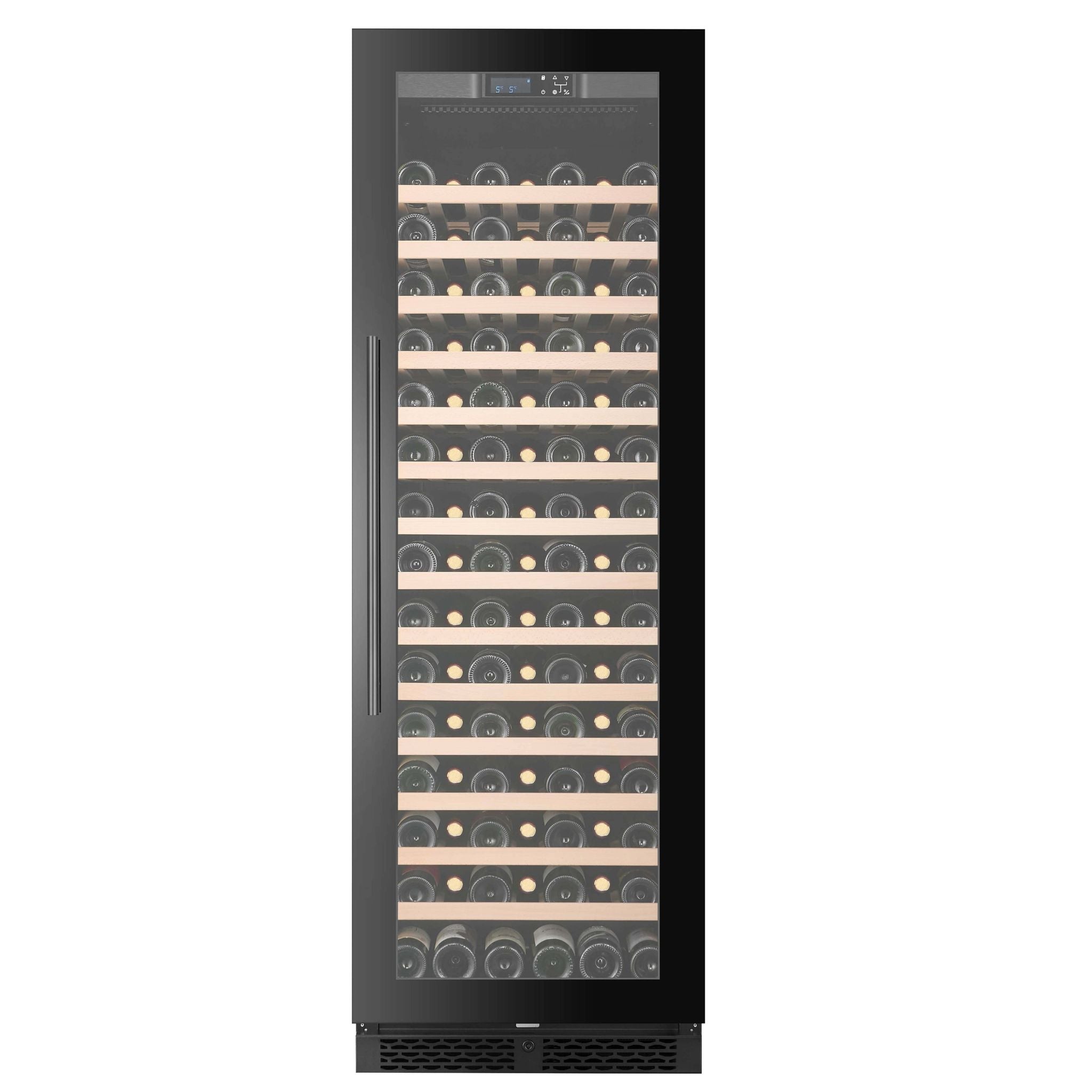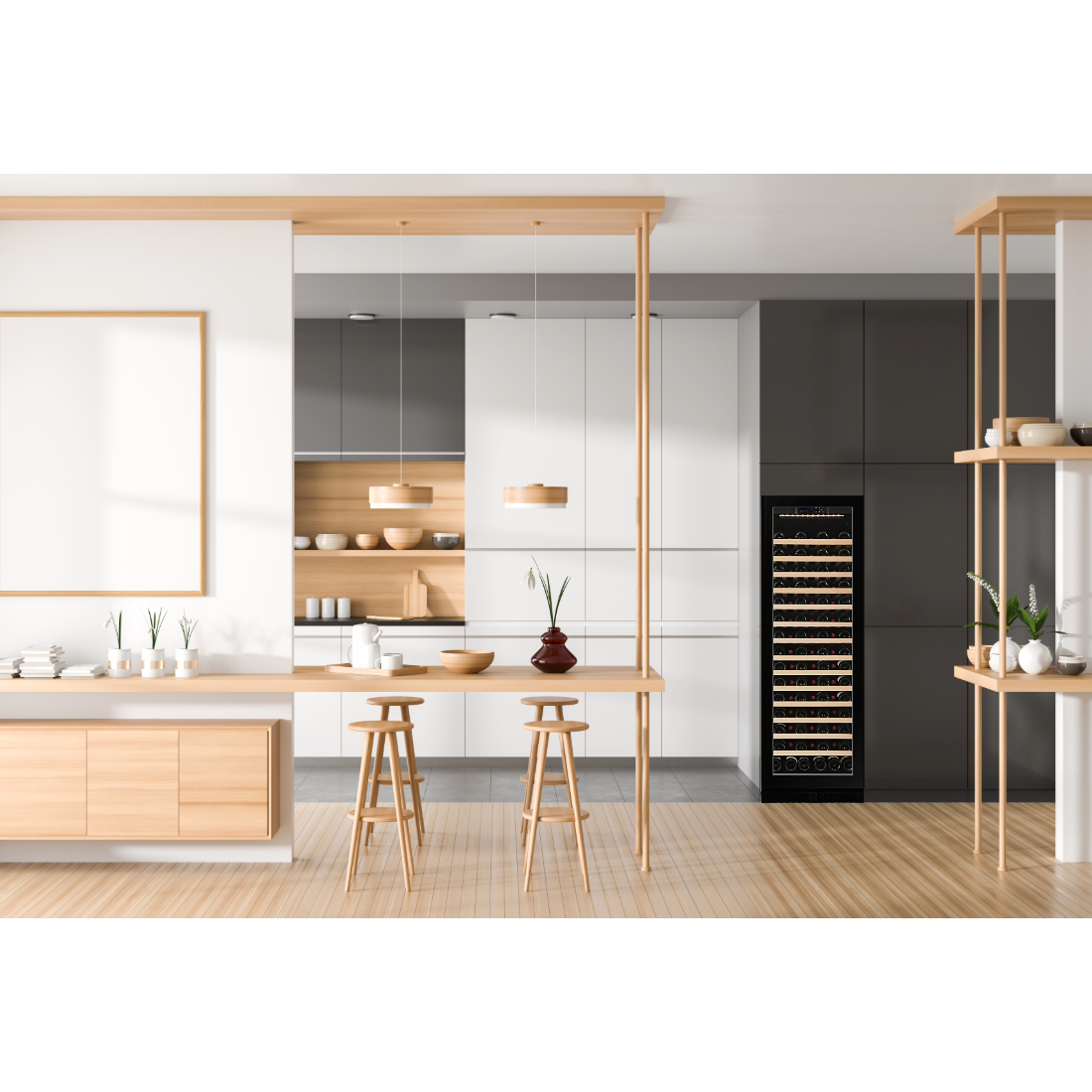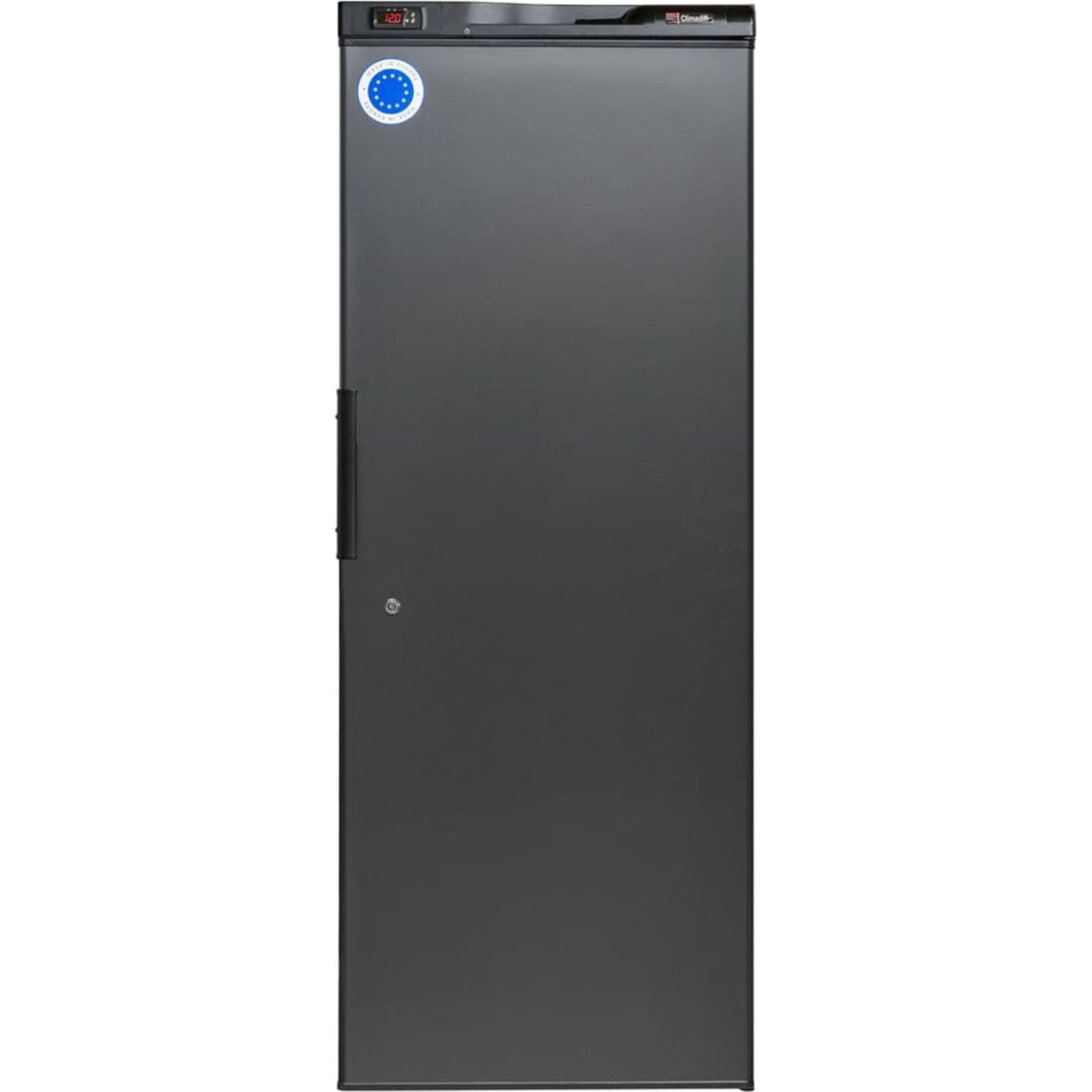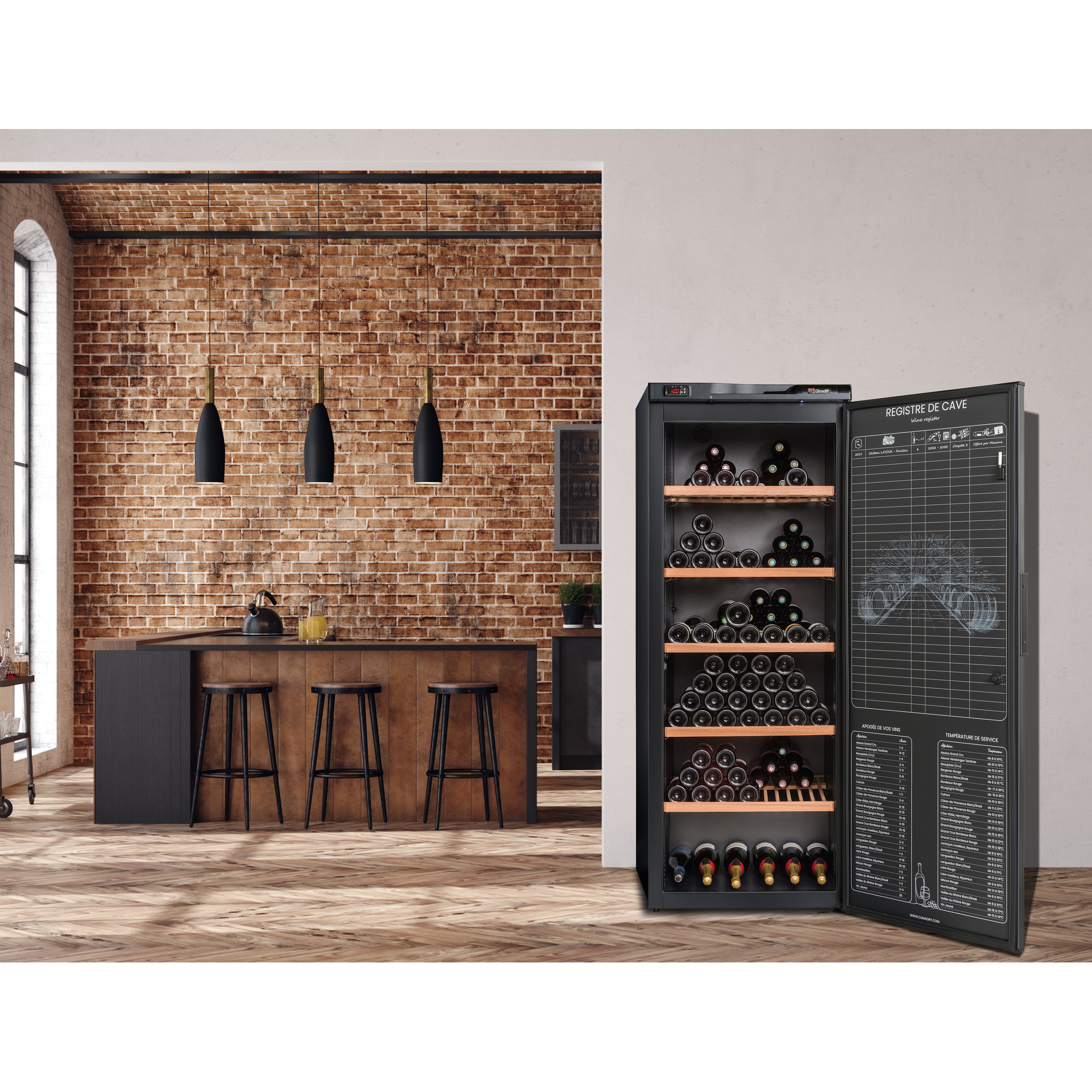Have you ever decanted a bottle of wine? In most cases, if so, it’s likely to be a red number, known as the most commonly decanted type of wine. Whites or sparkling wines are usually left to the back-burner, to be consumed straight from their bottles. Are we right?
Yet, what if we told you that you can also benefit from a decanted bottle of white? Of course, not all bottles will thrive through this environment. This is very similar when considering some bottles of red.
But through a correctly decanted white, you can reach optimal serving temperatures, you can round off its taste, you can leave behind potential sediment and you can elevate the value of maturity.
To future-proof the consumable rating of your decanted wine, here’s the ins and outs, the lowdown on the decanting process, what you can achieve by doing so, how to decant correctly, and recommended bottles to decant moving forward.
If you’re new to decanting wine, it’s time to see exactly how it can change your drinking experience, simply by pouring it from one glass casing, to another.
Evaluating Your Whites Through the Decanting Process
Decanting wine may feel like a strange process. You’re ultimately moving its contents from one bottle, to another. Yet, that’s the beauty of decantation.
Commonly, red wines come to mind when considering the decanting process. Yet, white wines, and even sparkling bottles can thrive through this optimal environment, available through a made for purpose decanter.
By doing so, you can firstly bring your white wine to its ideal serving temperature. The thinner density of a decanter can in fact chill your wine quicker if you’re opening a lighter bottle.
If you’re drinking a fuller body bottle, the decanting process can control its temperature, helping it reach 10-13°C.
A correct decanting process can also expose your favourite bottle to oxygen, helping to separate any potential sediment, while also elevating true undertones of your bottle.
Even a correctly stored bottle can experience some movement, some layers, some sediment risks.
By decanting your white wine, you can improve your drinking experience by separating those risks, while rounding off tighter undertones. All in all, you can reach those fruitier and sought-after tones.
By decanting your white wine, you can also help to advance its maturity in some cases. This will benefit a younger bottle which has experienced limited exposure to oxygen.
Through the decanting environment, you can provide just enough exposure to draw out the maturing assets of a bottle.
All in all, you can filter out any sediment, you can control the serving temperature of your wine, you can elevate its true taste, and you can encounter a pleasant drinking experience by using a decanter.
It is important to remember that lighter, and fresh wines will not always benefit from this process. Consuming straight from the bottle will be encouraged in this case. To make sure you decant the right whites, see our recommendations a little further down.
How to Correctly Decant a Bottle of White
You’re probably thinking, surely, it’s pouring the contents from its bottle, to a decanter? This is correct. However, there is a technique to decant your wine bottles, ensuring you can experience the above benefits.
Firstly, you should check the condition of your wine. If oxidisation has occurred, through poorly stored wine, decantation will be pointless. Additional oxygen will not save your favourite bottle.
To benefit from decantation, your wine should be fresh and marked as consumable - and the best way of ensuring this is by storing your wine in a wine cooler or a wine cabinet.
Secondly, you should always decant a white wine, 5-15 minutes before you’re ready to consume.
This will make sure that a controlled level of oxygen is exposed to the wine, along with providing enough time to regulate its temperature.
Although wine can withstand the decanting process, white wines are best served fresh. So, it’s recommended that you avoid a lengthy decanting period.
Lastly, using a smaller decanter is encouraged when consuming a bottle of white. As the decanting process will organically allow enough time and space for your wine to breath and flourish, a smaller, more delicate decanter will be best.
Although the decanting process will likely elevate your wine, it’s important to treat it with care. The aim is to reach the prime drinking condition of white wine.
For younger wines, a longer decanting process can offer greater maturity. For older numbers, a shorter process will be beneficial, making sure its value is preserved.
By following these steps, you’ll hopefully have a perfectly decanted bottle of white, ready and waiting for you.
Looking Beyond Red and White Wines
Decantation is commonly linked to red wines. As we’ve shared above, this process can also benefit additional colours, such as whites. But in some cases, you can even look beyond red and whites, by decanting sparkling wines.
You’re probably reading this and think that we are crazy when endorsing the decantation of champagne.
You’re probably questioning the viability of adding more oxygen, to an already oxygen heavy wine. Of course, if champagne is decanted incorrectly, or an unfit bottle is poured, this can damage the bubbles, advancing oxidisation.
Yet, for heavier champagnes, for those with greater density, for those made with longevity in mind, decantation can help to break down excessive bubbles, ultimately improving the drinking experience.
Before decanting a pricey bottle of champagne, it is always worth checking its suitability for greater oxygen. Otherwise, you may lose the main body of a bottle, leaving a flat and watered-down texture.
Always decant champagne and sparkling wines by pouring on an angle down the side of the decanter, ensuring that a gentle and non-fizz pour is doable.
The Best Bottles to Decant Yourself
Decantation will not damage a perfectly stored bottle of wine. Yet, there are some bottles, fit for purpose, heavily recommended for decantation.
Bottles which are reductive are a good starting point. Although white wines are less susceptible to sediment, some do exist in overly oxidised environments, commonly resulting in residue.
This is usually the case for screw-bottle tops, or those with shrivelled corks. By decanting a reductive bottle, you can look to separate that sediment.
Tight, linear white wines can also benefit from the decanting process. Those which have been controlled through a sealed bottle will benefit from orderly exposure to oxygen, helping to elevate tastes, tannins and aromas.
Both young and old bottles can thrive through the decanting process. Yet, you must keep a close eye on the environment and timescale.
A younger bottle can benefit from greater contact with the ageing process, while older bottles can unwind and disconnect from unwanted residue.
For the best decanting experience, be sure to follow the above stages, and recommendations when selecting your wine.
Avoid decanting an oxidised bottle, avoid decanting a fresh and a short-lived bottle, avoid unnecessary decantation.
By following expert guidance, you can benefit from decanting a bottle of white, sparkling and even a trusted red.
Improve Your Drinking Experience Through Optimal Storage
To reduce the risk of oxidisation and to improve your chances of decanting your next bottle, the initial storage of your wine is very important. You can control this through a few easy to follow steps, all from the comfort of your own home.
Here are the optimal storage guidelines:
- Start by storing your wine at 12°C, whether it’s a red, a vintage bottle or a sparkling number. Anything too high will result in an aggravated ageing process. Anything too low will increase the undesired risk of oxidisation.
- Control the humidity levels of your wine storage condition between 55-80%. By doing so, you can reduce the risk of oxidisation, a big ‘no no’ when looking to decant your next bottle.
- Remove your wine from any excessive UV exposure. This will protect it from a vigorous ageing process, or worse yet, damage, reducing its consumable lifespan.
- Avoid any unnecessary movement or vibrations by storing your wine away from heavy footfall. This will ensure that its intended contents remain collectively.
- Block out unpleasant odours by again storing your wine away from busy areas. Odours can enter your favourite bottle and transform its taste and smell, for the worst.
By following the above guidelines, you should be left with a perfectly stored, ready to drink bottle of wine.
Yet, to ensure that you can then experience the value of decantation, it’s important that you follow our steps, outlined higher up, along with purchasing a small, high-quality decanter.
Although this may seem like a drawn-out process, all for the sake of the idyllic drinking experience, we promise you, it’s worth it. Decantation isn’t a fad; it is a reliable and recommended process.
You can achieve this from home, by firstly opting for a dependable storage solution, and secondly a loyal decanter.
If you like to drink your white wine ice cold, you’ll be glad to know that we stock a range of mQuvee drink coolers that go down to two degrees Celcius - ideal for those who like their wine to be served on the colder side. MQuvee are a top-quality, well-known wine cooler brand that we stock here at Elite Wine Refrigeration.
Distributing their products across nine different countries, mQuvee are popular among an array of people from various locations across the world. We work closely with mQuvee, ensuring our customers have the best products to choose from.
For more tips on wine preservation, on elevating your drinking experience, on achieving optimal wine storage and serving, check out our blog here at Elite Wine Refrigeration. Alternatively, for high-quality storage solutions, reach out to our team today.

